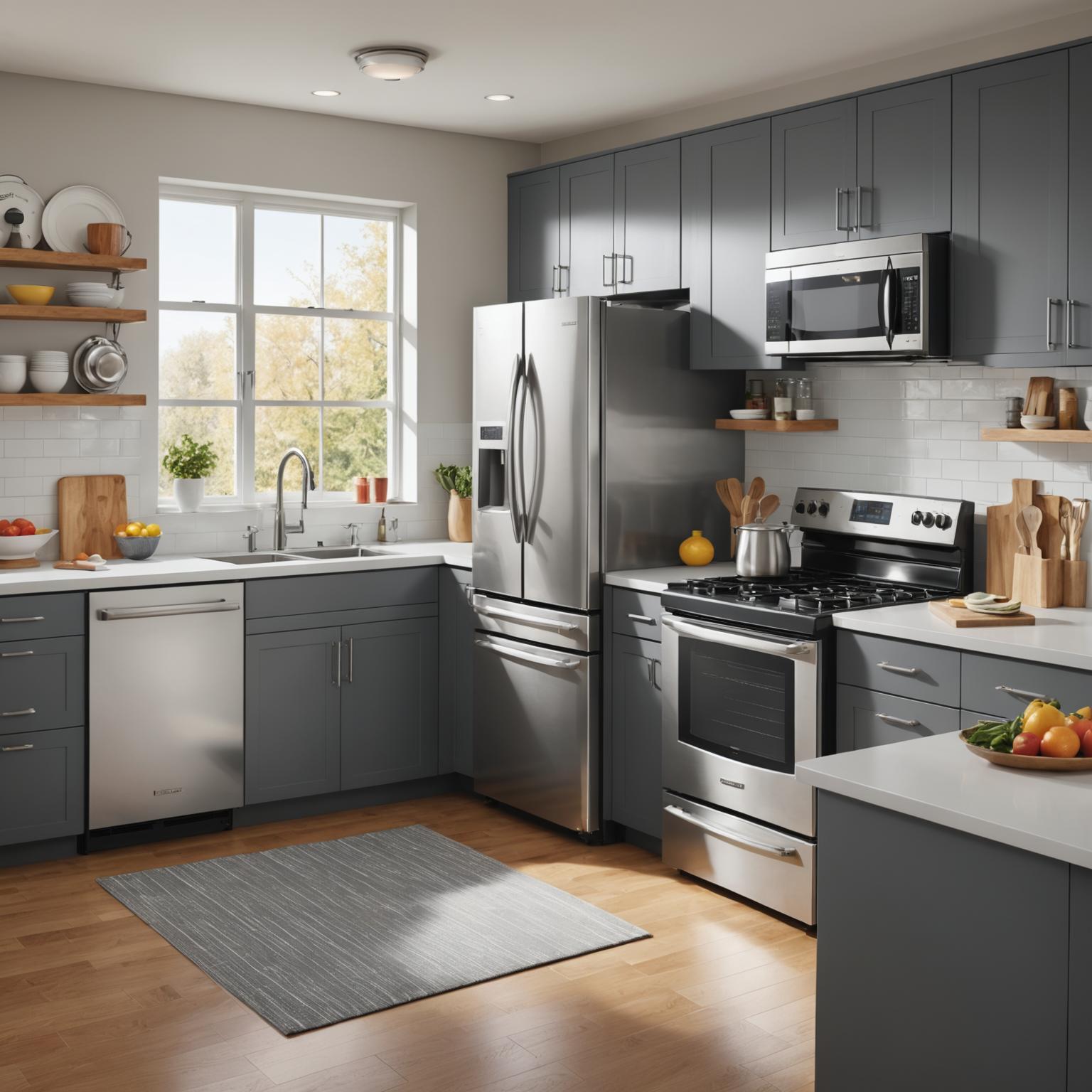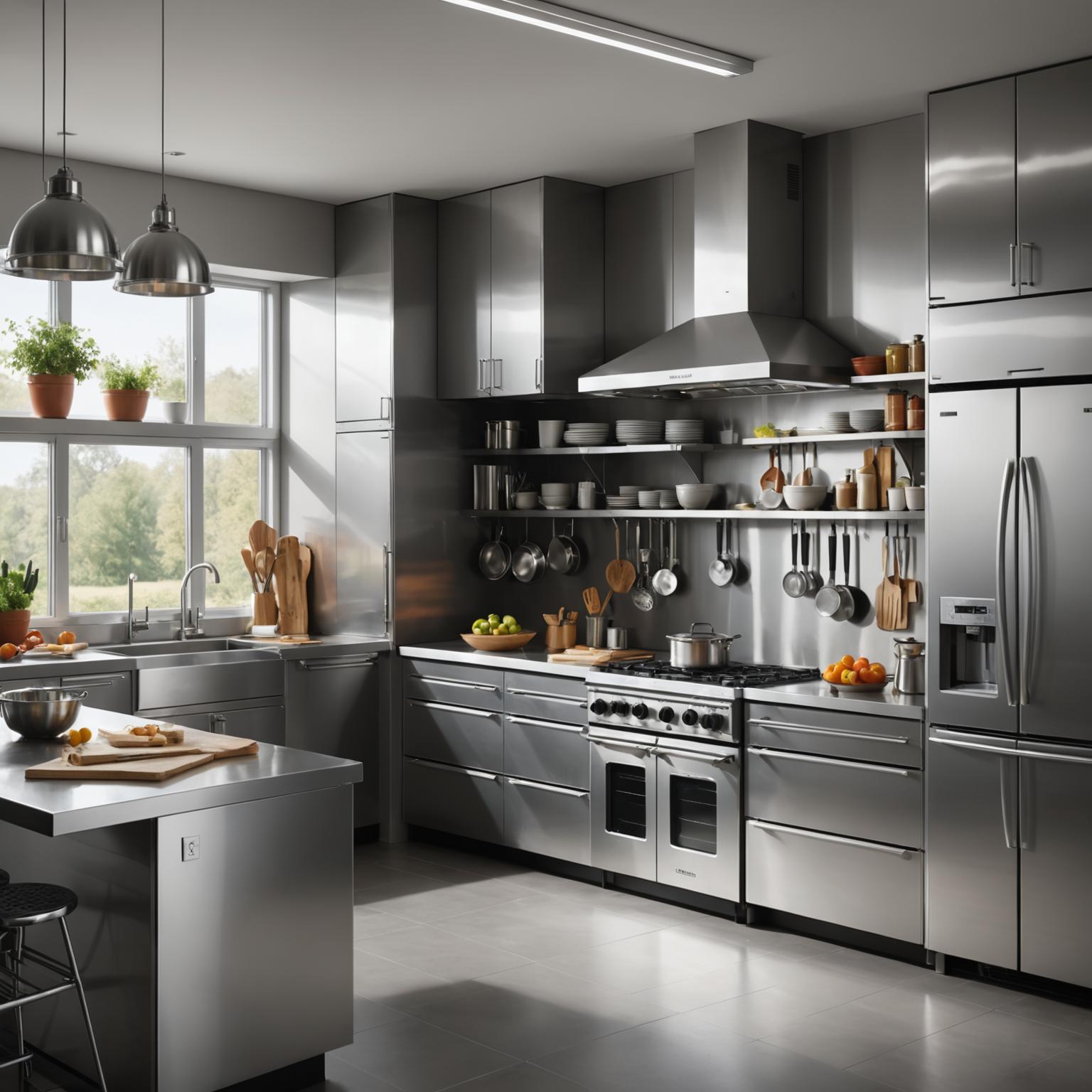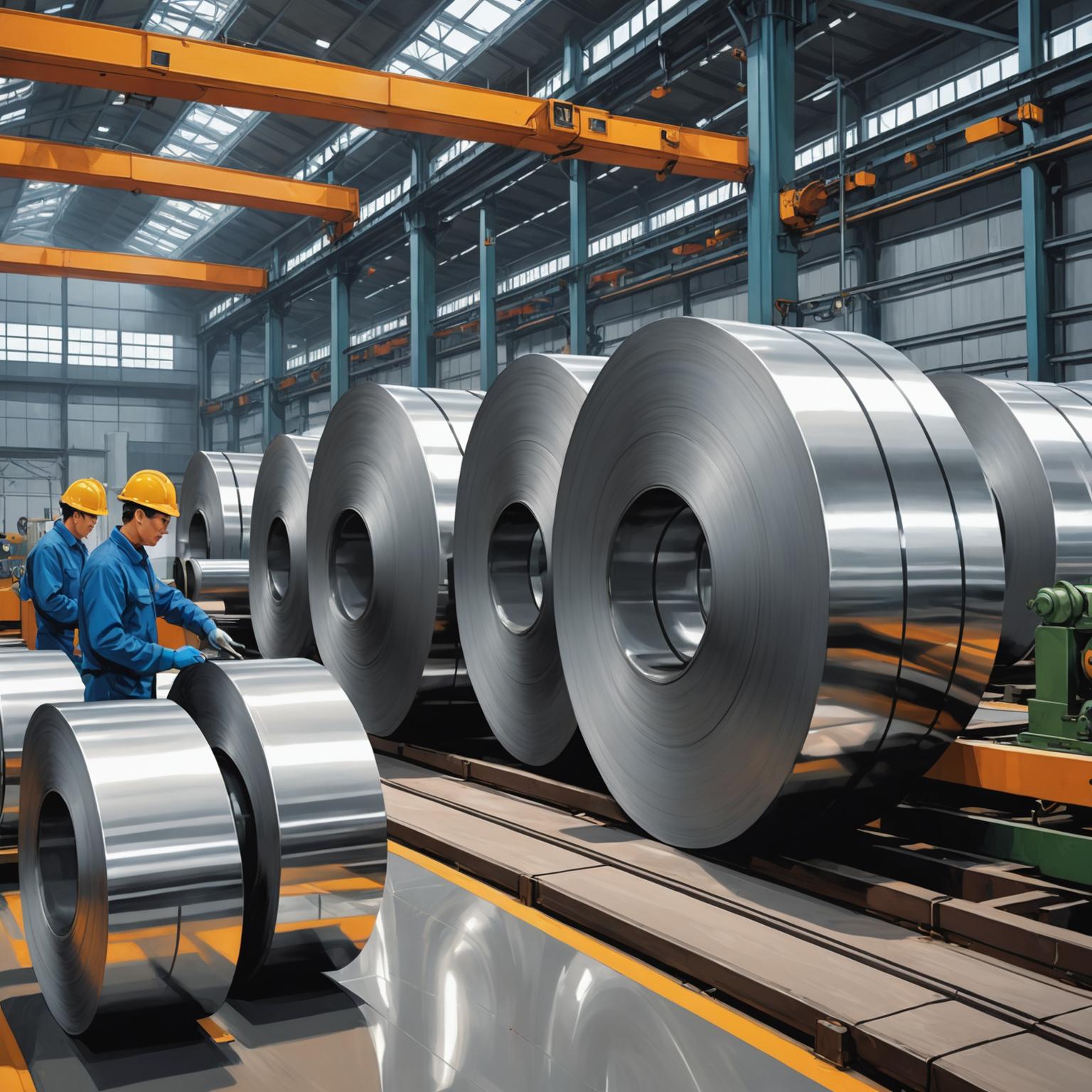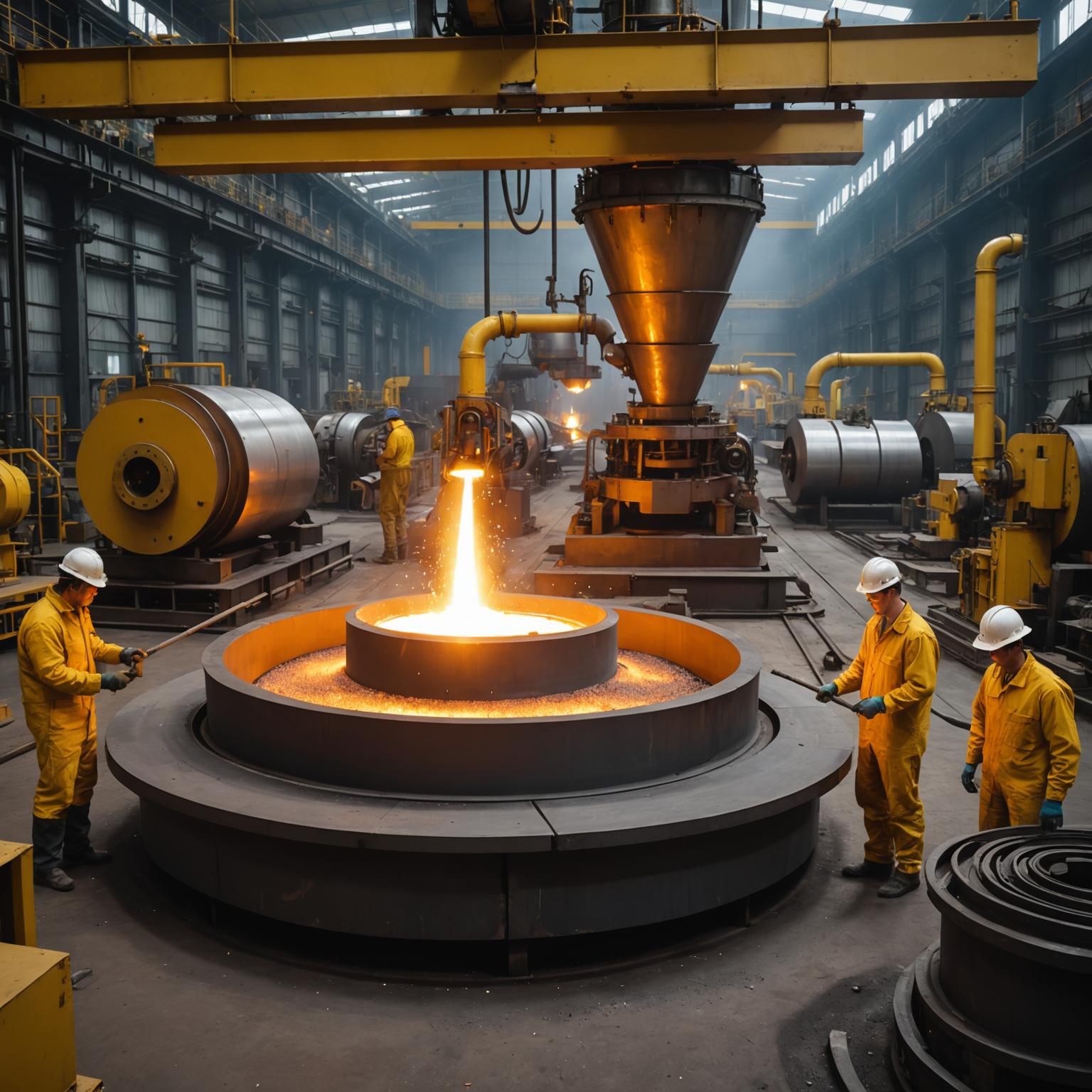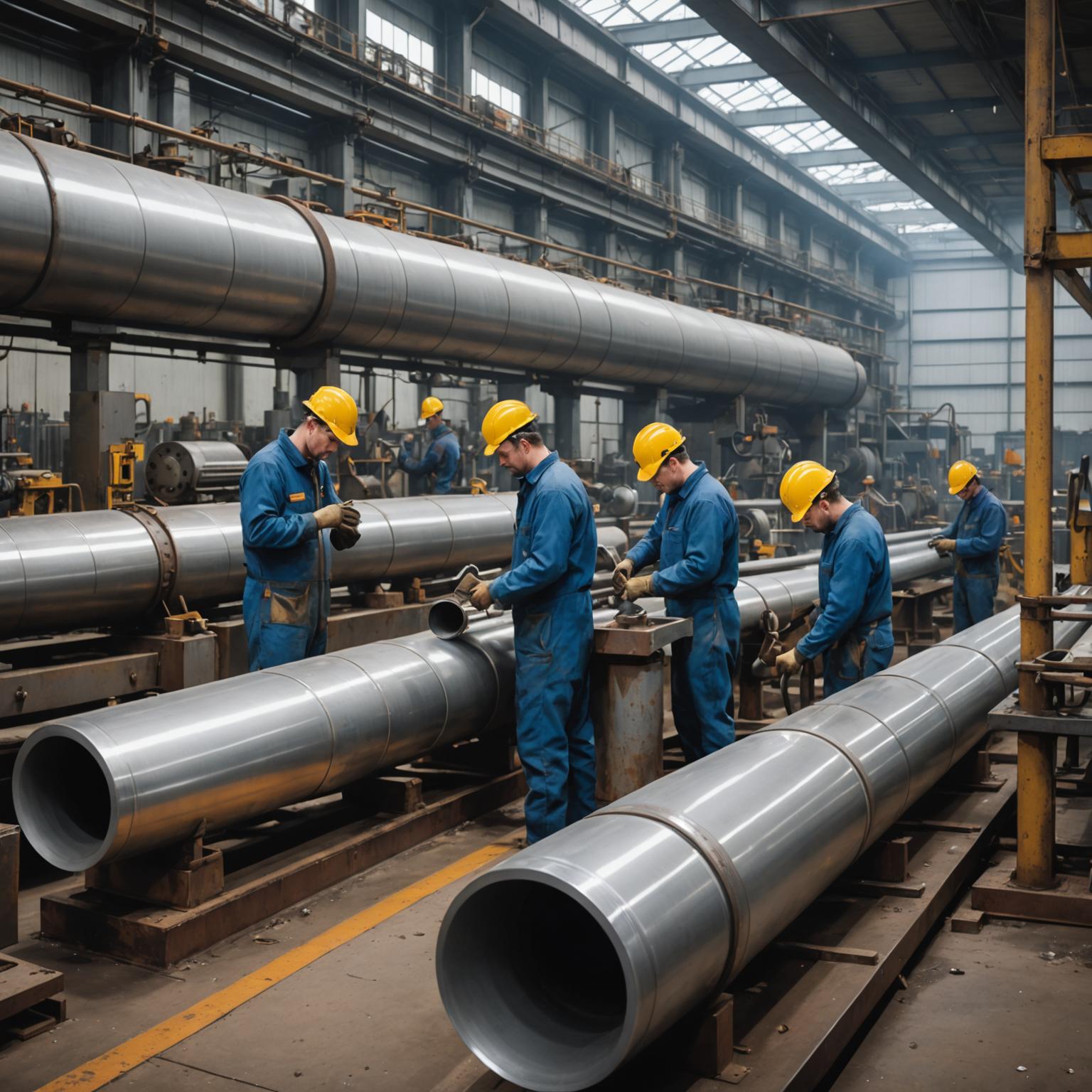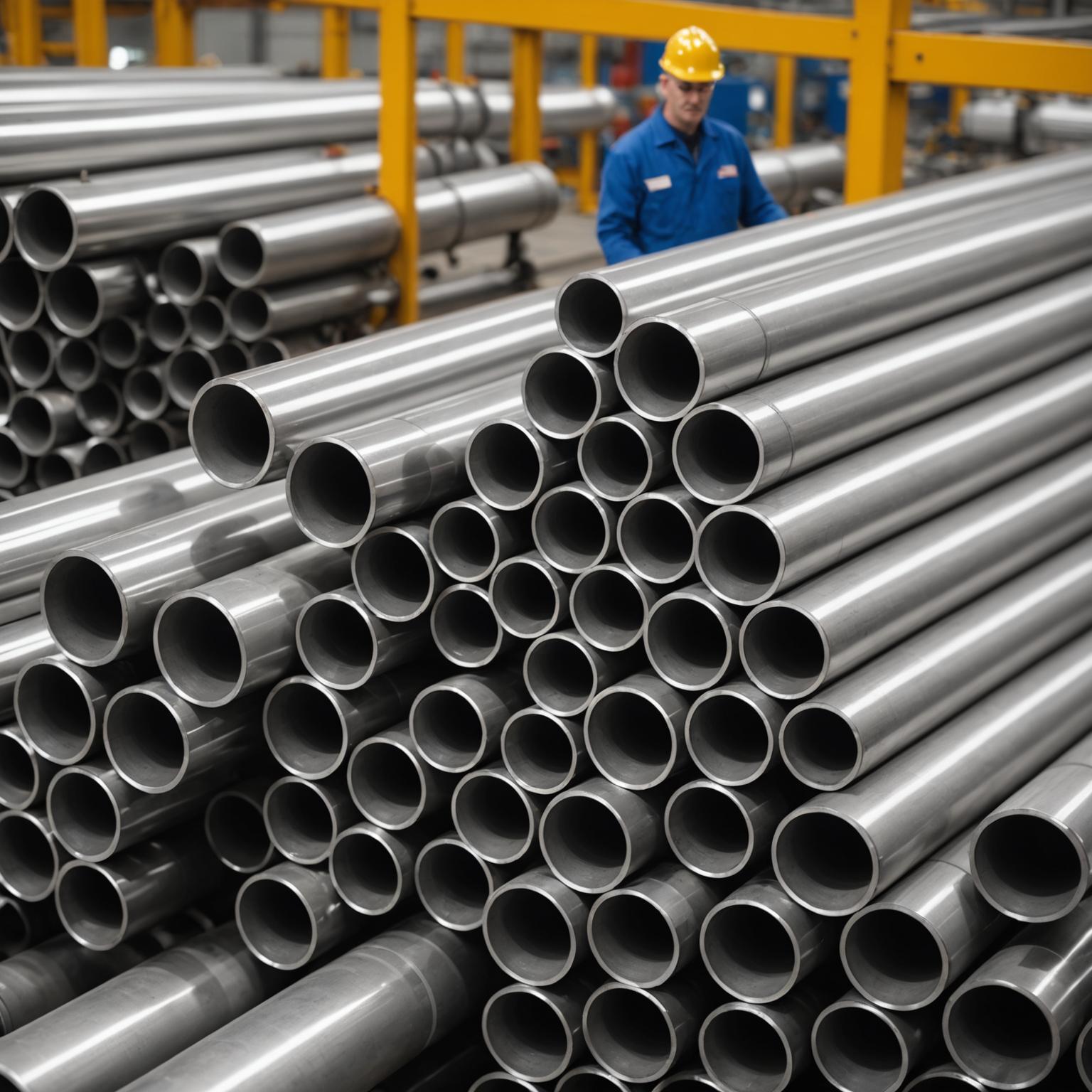Choosing the right material for commercial and residential kitchens is a decision that balances durability, hygiene, and aesthetics. For decades, a high-quality stainless steel sheet for kitchen equipment has been the industry standard, and for good reason. Its resilience against rust, ease of sanitization, and sleek, professional appearance make it an unparalleled choice. However, not all stainless steel is created equal. Understanding the different grades and their specific properties is crucial for ensuring you invest in equipment that will stand the test of time and perform optimally for its intended purpose. This guide will walk you through the specifics, helping you make an informed choice for your kitchen environment.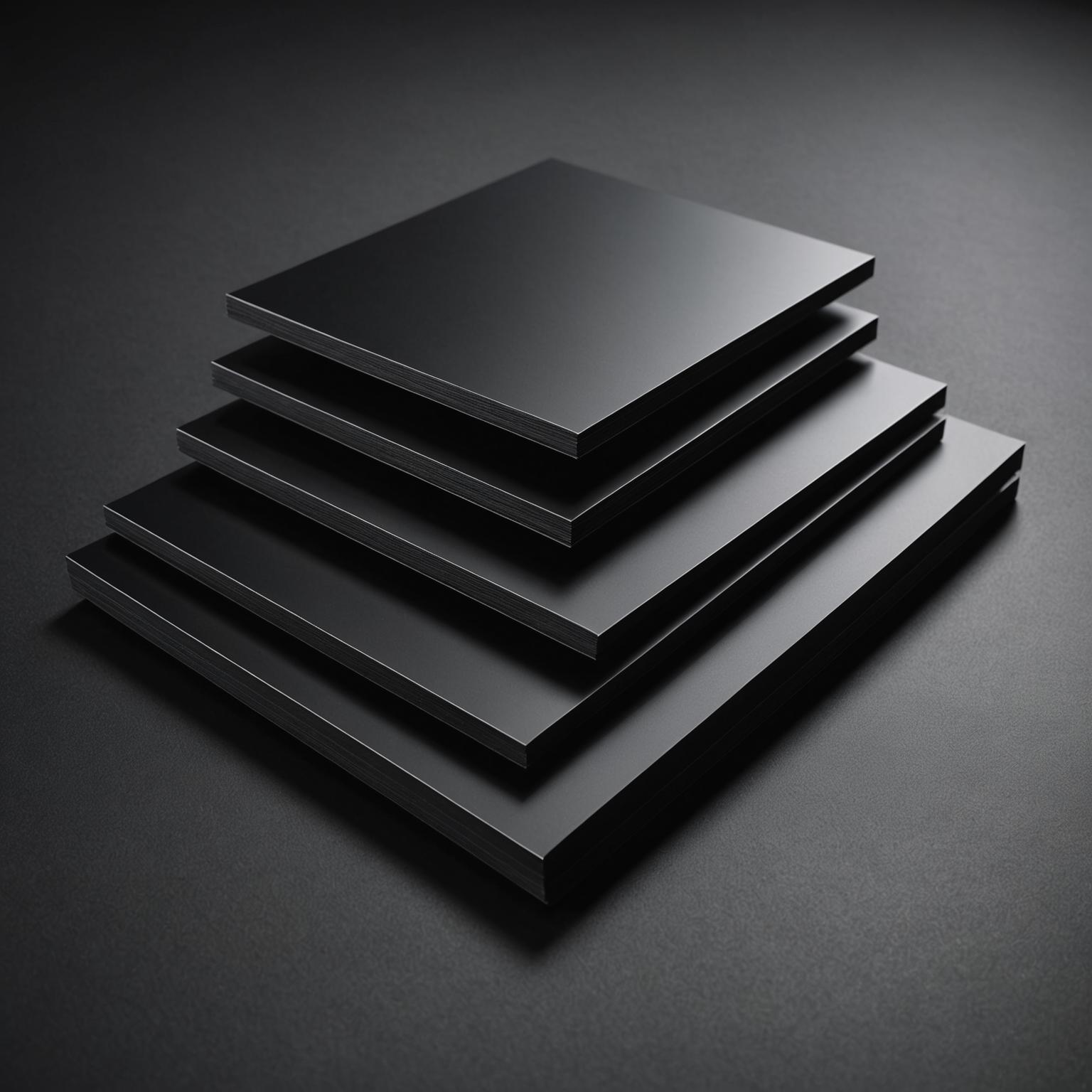
Why Stainless Steel Grade Matters
Stainless steel is an alloy of iron that contains a minimum of approximately 11% chromium, a composition that prevents the iron from rusting and also provides heat-resistant properties. Different grades of stainless steel contain varying amounts of chromium, and some include other elements like nickel and molybdenum to enhance specific characteristics. These variations are what determine a grade's corrosion resistance, durability, hardness, and even its magnetic properties. In a kitchen setting, where equipment is constantly exposed to moisture, heat, acidic foods, and harsh cleaning agents, selecting the appropriate grade is not just a matter of longevity—it's a matter of safety and performance. Using the wrong grade can lead to premature corrosion, staining, and degradation, compromising both the equipment's function and the kitchen's hygiene.
A Closer Look at 430 Stainless Steel
Among the various options, grade 430 stainless steel is a popular and cost-effective choice for many kitchen applications. As part of the 400 series, 430 is a ferritic stainless steel, which means it has a chromium-based composition and a body-centered cubic crystal structure. Unlike the more commonly known 304 grade, it contains a negligible amount of nickel, which makes it more affordable. A key characteristic of 430 stainless steel is that it is magnetic. It offers good corrosion resistance in mild atmospheric conditions and against many household detergents and organic acids found in food. While its resistance is not as robust as nickel-bearing grades like 304, it performs exceptionally well in controlled environments where prolonged exposure to highly corrosive substances is minimal. Its bright, polished finish is highly desirable for aesthetic purposes, making it a go-to for decorative and functional paneling.
Best Applications for 430 Grade in the Kitchen
Understanding the strengths and limitations of 430 grade steel is key to using it effectively. It is an excellent stainless steel sheet for kitchen equipment that does not have constant, direct contact with corrosive liquids or harsh physical abrasion. You will commonly find it used for the exterior panels of refrigerators, dishwashers, and ovens, where its attractive finish enhances the kitchen's visual appeal. It is also an ideal material for range hoods, backsplashes that are cleaned regularly, and light-duty worktable tops that aren't used for acidic food prep. Because 430 steel is magnetic, it's also perfect for applications where magnetic properties are a plus, such as for mounting magnetic knife holders or spice racks directly onto a backsplash. However, it is generally not recommended for sinks, countertops, or food prep surfaces that are frequently wet or come into contact with salt and acidic ingredients like citrus juice or vinegar, as these can cause it to pit or rust over time.
How to Care for Your 430 Stainless Steel Surfaces
A proper maintenance routine is essential for keeping any stainless steel looking its best, and grade 430 is no exception. Regular cleaning prevents the buildup of food particles and residues that can compromise its protective layer. For daily cleaning, use a soft microfiber cloth with warm water and a mild dish soap. Always wipe in the direction of the metal's grain to avoid creating micro-scratches. After washing, rinse the surface thoroughly with clean water and dry it completely with another soft cloth to prevent water spots. For fingerprints or tougher grease stains, you can use a dedicated stainless steel cleaner or create a paste of baking soda and water. Apply the paste, gently rub in the direction of the grain, and then rinse and dry. Avoid using abrasive tools like steel wool or scouring pads, as they will permanently scratch the surface. Similarly, harsh chemicals like bleach, oven cleaners, or chlorides should be avoided, as they can damage the finish and cause corrosion.
Making the Right Choice: 430 vs. 304 Stainless Steel
When selecting a stainless steel sheet for kitchen equipment, the most common decision is between grade 430 and grade 304. The primary difference lies in their composition and, consequently, their performance. Grade 304 contains nickel, which significantly boosts its corrosion resistance, making it the superior choice for high-moisture, heavy-use items like sinks, faucets, and primary food preparation tables. It is non-magnetic and more expensive. In contrast, 430 stainless steel is a more economical, magnetic alternative that offers sufficient protection for less demanding applications. The choice ultimately depends on budget and function. For customer-facing equipment or decorative panels in a dry area, 430 provides an excellent balance of aesthetics and cost. For the workhorse components of a kitchen that endure constant wear and tear, investing in 304 is often the wiser long-term decision.
Conclusion: A Lasting and Functional Kitchen
Ultimately, building a functional and lasting kitchen requires a thoughtful approach to material selection. While all stainless steel offers a baseline of hygiene and durability, understanding the nuances between grades empowers you to optimize both your budget and your equipment's lifespan. Grade 430 stainless steel presents a valuable, cost-effective solution for a wide range of applications, from appliance exteriors to decorative backsplashes. By recognizing where it excels and how to properly maintain it, you can leverage its benefits to create a professional and visually appealing kitchen environment without overspending. By matching the right grade to the right job, you ensure every surface and piece of equipment is set up for success.



